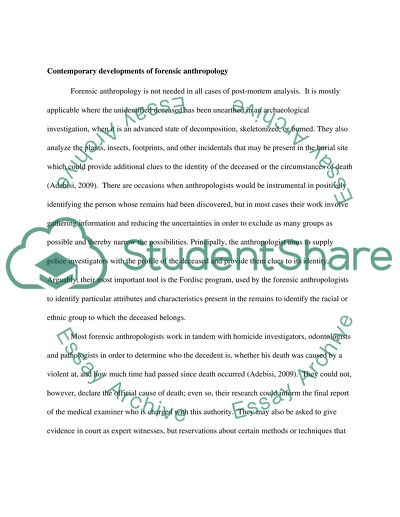Cite this document
(“The role and impact Forensic Anthropology has on death investigations Research Paper”, n.d.)
Retrieved from https://studentshare.org/family-consumer-science/1422294-the-role-and-impact-forensic-anthropology-has-on
Retrieved from https://studentshare.org/family-consumer-science/1422294-the-role-and-impact-forensic-anthropology-has-on
(The Role and Impact Forensic Anthropology Has on Death Investigations Research Paper)
https://studentshare.org/family-consumer-science/1422294-the-role-and-impact-forensic-anthropology-has-on.
https://studentshare.org/family-consumer-science/1422294-the-role-and-impact-forensic-anthropology-has-on.
“The Role and Impact Forensic Anthropology Has on Death Investigations Research Paper”, n.d. https://studentshare.org/family-consumer-science/1422294-the-role-and-impact-forensic-anthropology-has-on.


